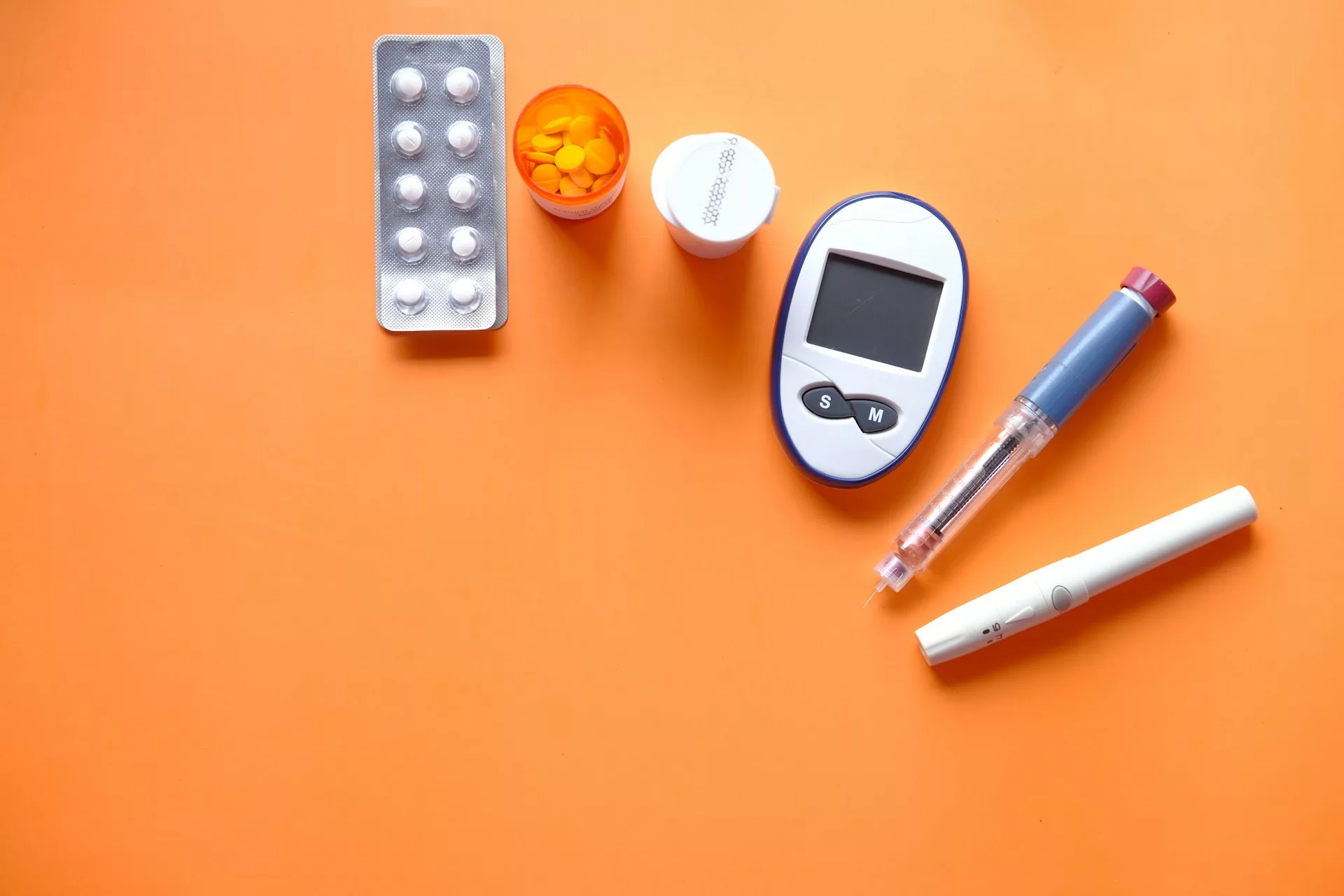New findings suggest that Type 1 diabetes, a challenged faced by millions, may be reversible. Photo credit: Towfiqu barbhuiya via Unsplash
Patients living with type 1 diabetes (T1D) can have renewed hope in the possibility of reversing their condition thanks to a recent publication entitled ‘EZH2 inhibitors promote β-like cell regeneration in young and adult type 1 diabetes donors.’ The results that authors Al-Hasani et al. describe in this paper represent exciting progress in the efforts to ameliorate T1D by restoring insulin production in the pancreas.
Patients living with type 1 diabetes (T1D) can have renewed hope in the possibility of reversing their condition.
T1D is a disease that typically begins in childhood, with 58% of cases beginning at 30 years old or younger, leading to lifelong consequences. This condition occurs because of insufficient insulin production by B cells in the pancreas. This inability to produce insulin, the hormone that signals to the body that blood sugar levels are high, occurs because the body’s own immune system attacks and destroys the B cells. This damage to the body’s high glucose alarm bell leaves it unprepared to respond to varying sugar levels in the bloodstream.
Thanks to scientists who were able to separate and purify insulin a little over 100 years ago, current treatment approaches involve monitoring glucose levels and administering insulin, typically via shots or a pump. Though often lifesaving, this is an intensive and chronic management approach that the patient must maintain every day throughout their life. While pancreas transplants can be very effective, there are insufficient donors to make this a widespread option, in addition to the risks inherent to organ transplant surgery. Given that 9.9% of all-cause mortality is attributed to T1D, innovative approaches to treating this disease are needed.
Given the challenges of T1D management, it is promising to read that Al-Hasani et al. have made progress in a potential approach to reverse T1D by enabling cells in the pancreas to produce insulin again. This new study investigated the effects of two medications (GSK126 and Tazemetostat) that inhibit the enzyme EZH2 methyltransferase. This enzyme affects the development of pancreatic cells through its involvement in epigenetic modifications, which are malleable changes to DNA that affect whether specific genes can be accessed and expressed.
These two drugs were applied to samples of pancreatic tissues from three individuals (one seven-year-old, one 61-year-old both with T1D, and one 56-year-old control without T1D) for two days. Al-Hasani et al. chose these EZH2 inhibitors to expand on a case report study of one patient, which showed that the GSK126 medication was capable of restoring insulin production capacity in the pancreatic ductal cells of a teenage girl who had died from T1D.
The results of this new follow-up study supported the previous case study. The researchers found that administration of both medicines increased the transcription of genes associated with insulin-secreting B cells. Crucially, they also used immunofluorescence, a technique where antibodies with fluorescent compounds attached signal the presence of a protein of interest, to determine if insulin was actually being produced. They found that administering these medications could indeed induce pancreatic ductal cells to produce insulin protein. They further demonstrated that the medicine’s EZH2 inhibition led to 20% more insulin secretion in response to glucose. Thus, not only were these pancreatic cells now capable of producing insulin, but they were also able to release it from the cell. These findings suggest that the identities and functions of pancreatic ductal cells are not fixed, and that the B cell function of insulin production can be restored.
…this paper represents an encouraging development in the field of diabetes research and progress towards the goal of reversing T1D.
While this study provides stronger evidence that B cell regeneration is possible than the previous single case study, given that this study only analysed pancreatic tissue from three individuals, studies with larger numbers of samples are needed. In addition, subsequent pre-clinical and clinical studies to assess the possibility of translating these findings into people living with T1D will need to be conducted. Nevertheless, this paper represents an encouraging development in the field of diabetes research and progress towards the goal of reversing T1D.





